When a customer calls an organization’s customer service line, more often than not, they are compelled to be transferred to a waiting line. As a result, the customer might get dissatisfied with the customer service, which might negatively impact the company. This is where callback technology comes to help.
In such cases, an immediate call back to the originator of the call is expected after the waiting period. If not, the chances of a better engagement with the customers reduce drastically, affecting the company’s sales prospects.
According to a recent survey, it has been stated that if a customer is called back within 5 minutes of the waiting period, the prospect of customer engagement increases by 100 times. Such a callback has 21 times more chances to become a potential sale call than the others.
When a customer is waiting for an agent or representative to respond, callback technology provides an approximated waiting period. After the time period is provided, the caller can leave a name so that a callback can be made. On opting for that, a customer service provider calls back the customer in due time.
Companies often opt for callback technologies because providing a waiting period before a callback is a more sustainable option than hiring more customer service agents. The higher the queue of callers, the higher is the customer engagement.
Callback technology has many more such advantages, which are discussed later in this article. As for implementation, there are three ways by which a company or organization can implement the best callback technology for their customer service prospect.
Callback Technology has a profound effect on a company’s customer engagement map. With the reduction in repeated calls from the same customer, unnecessary traffic is avoided. On the other hand, when a waiting period is provided for a callback from the company, it ensures that the customer prospect isn’t lost. Other such effects on a company have been discussed in this article later.
In the absence of proper callback technology, the caller might not be able to communicate with the company. On the other hand, some picky customers might not like the call waiting period provided, and a negative review or social media comments might have a negative effect on the company. This is why scrutiny of the customers has been made to be a part of the callback technology in recent times. Engagement is something that cannot be compromised.
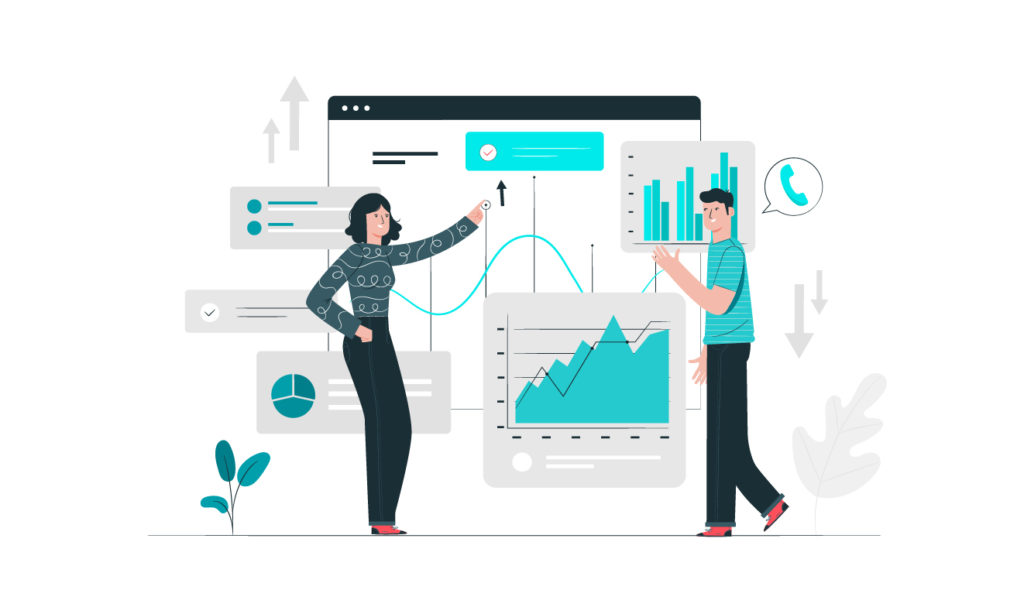
Companies all across the world are implementing some of the best callback technologies to improve their customer engagement. Here are some advantages of callback technologies and why your company should opt for one.
Suppose a potential buyer avails and purchases something from your company and becomes a customer. What happens after that?
Here is where Follow-up calls come into play.
Constant customers or repeating buyers constitute an elephant-sized proportion of a company’s sales.
Edward Gothom, a UK-based business analyst, stated that,
“25% to 40% of the total revenues of the most stable businesses come from returning customers. Repeat customers drive 3-7 times the revenue per visit as one-time buyers.”
In addition to that, it is a known fact that to bring in new customers, an organization needs to spend 10 times the money sent on the selling process to pre-existing customers. Every customer’s needs are unique and different. So inevitably, the lifecycle marketing strategy needed to fulfill that must also be different.
This includes providing the different communication they aspire to see to trust the company and make a purchase time and again.
These also include advocacy and referral on behalf of those customers. The chosen customers might be asked to use their social media reach and followers to promote their product as part of their follow-up call. Public reviews are very much encouraged by organizations to increase user reach and increase customer engagement.
So, undoubtedly, follow-up calls are an integral part of any organization, which makes callback technology an impeccable tool to boost sales of a company.
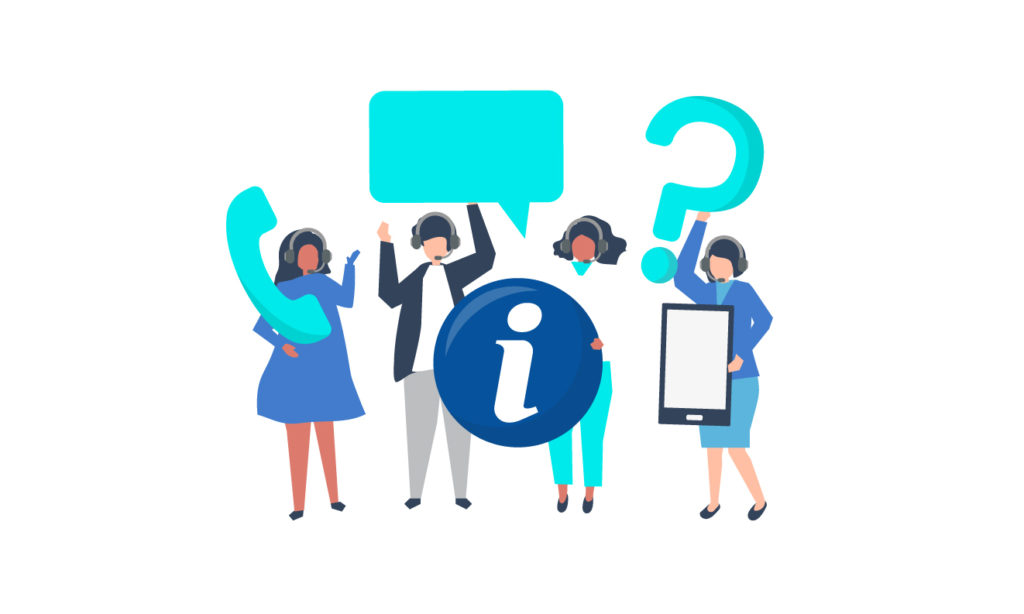
With the help of the best callback technologies, companies identify such calls when an agent cannot receive them and assign a waiting period until the callback is made and the system is queued to the Automatic Call Distributor (ACD).
The ACD uses a separate queue for such calls for which a waiting period was assigned. This makes identifying such customers easier for an agent, and a callback can easily be made.
As mentioned earlier, this reduces time, telecommunication cost, and the risk of losing a prospective customer.
Call-back technology also helps to normalize the daily call graph of the customer-service providing team by reducing the number of repeated calls. When the customer isn’t deprived of communication with an agent, repeated calls wouldn’t have to be made.
With the customer’s information available on the database of the callback technology, the agents can call back the identified customers at a time or lower frequency and traffic to ensure a much clearer communication, and hence, maintains the flow of daily calls made to and from the call center.
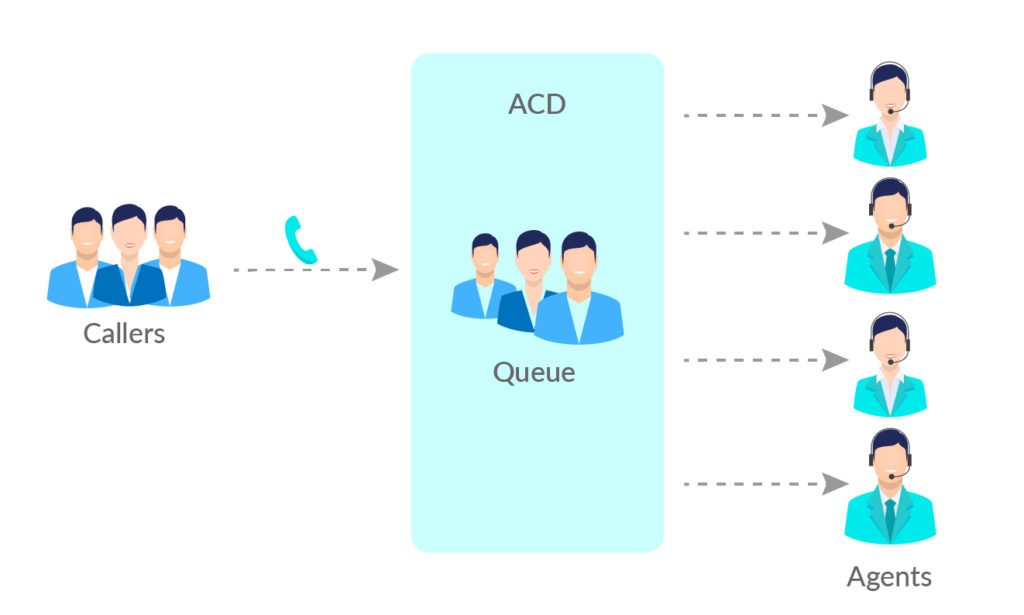
Now that text is more widespread than calling, and many people don’t find phone interactions easy. However, telephone and video conversations are a vital aspect of corporate communication, especially if you can’t meet someone personally. The way you deal with a callback can build or break your relationship with customers.
Here are some ways to improve follow-up calls and to make phone conversations more successful.
People are busy nowadays, and the chances to catch prospects in time are minimal without making a prior appointment. The polite and professional thing to do is to schedule your follow-up call. There are exceptions, like an upset client may quickly desire a callback. Analyze the situation and make the best judgment.
Begin with a polite and friendly introduction. One should always introduce yourself and the firm when you represent the company to the prospect. If you know the prospect’s name, one can use sentences like Hey (name), Good morning (name), etc.
For many people, it’s not always easy to ask the right questions. The questions you ask have a big impact on the success of interactions with your customers.
You must learn to ask direct, purposeful questions which provide helpful responses if you want to enhance your follow-up telephone interactions. Also, you must stay silent while the customer answers.
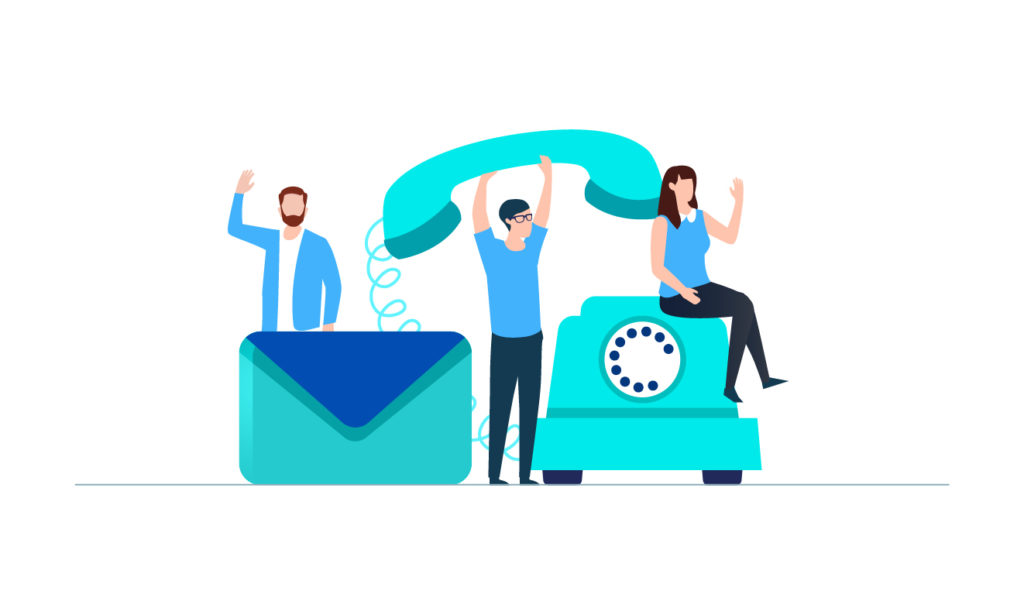
The job of the sales individuals is not restricted to asking the right questions and making a pitch. After asking the questions, the sales executive should analyze the prospect’s answers and decide whether the prospect could be a potential buyer or not. If not, how can the sales individual make him or her a potential buyer?
If the intention of a callback is not sales, the customer official should listen to the customer’s needs and issues. The customer service official should be polite and solve the issues of the customers if any. Sometimes, the callback could be for other reasons like calls related to an order placed by a customer, problems with services, feedback, etc.
Keep your sales pitch short and conversational. A strong sales proposal must convey the intended message clearly and persuasively. If your sales pitch is on the spot, you’re on the right track to making sales. Make sure to use your sales pitch to persuade the prospect about the quality of the services you’re offering.
Yes, you should follow up on the follow-up! After the call, make a list of the points of the conversation and any unresolved issues that need to be followed upon.
The goal of such emails is to provide a summary of the call. These follow-up emails also make sure that both parties understand any corrective actions or obligations. A concise summary email can help sales individuals improve follow-up calls and keep the conversation productive.
Callback technology can improve customer service by enabling customers to receive assistance without waiting for prolonged durations. Furthermore, by preventing repeat callers, callback technology can help a company to reduce its overall number of calls. Callback technology also normalizes the daily call intake, reducing peaks and allowing agents to contact customers back within low call frequency periods.
Limecall helps you reduce lead response time and increase conversations by 30%
Limecall helps to convert your website visitors into customers faster. Instant Callback and Live Web Calls are the fastest way to support customers. Limecall brings customers and companies together in real-time by offering instant callback solutions. LimeCall is one of the best callback technologies; let’s look at the features of Limecall, which makes it worth trying.
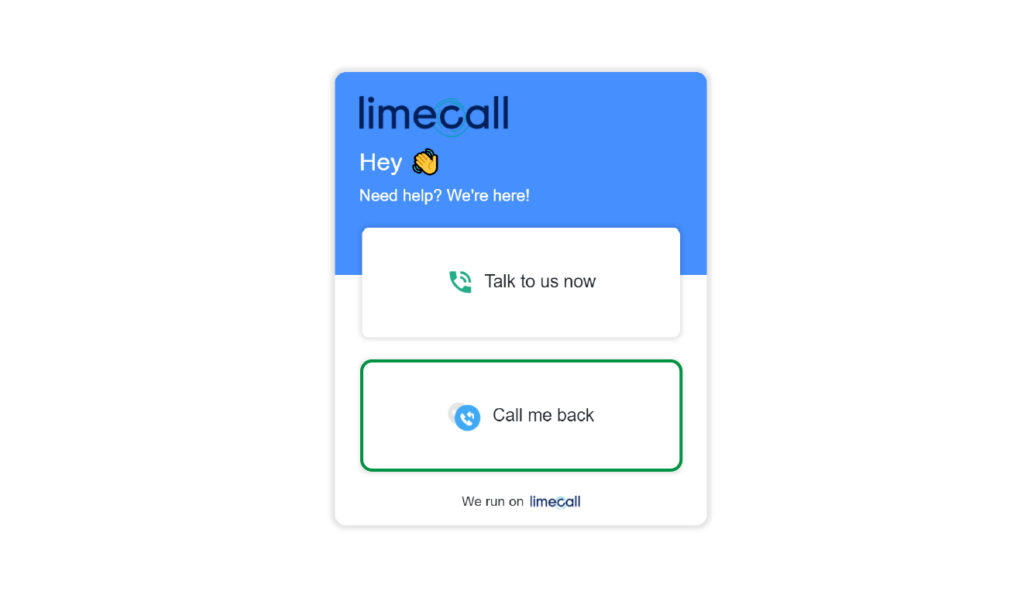
Businesses interact with customers daily. It is important to guide business representatives to provide good service to consumers. If you have read the article, you know the techniques. Keep a note of these points to excel at customer relationships. Use LimeCall software to capture prospects via callback technology.
, June 25, 2021, Team LimeCall
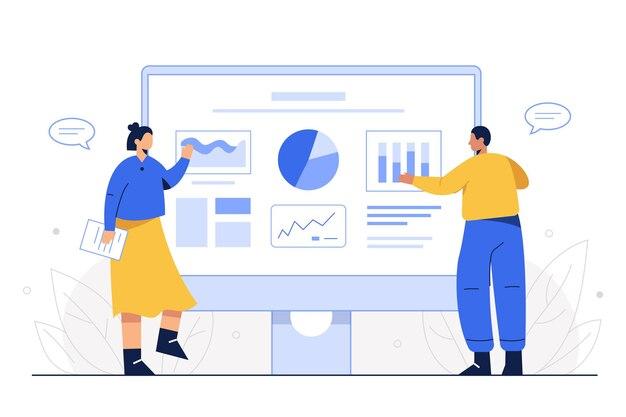
Top rated callback automation platform that connects your website visitors to your team within 20 seconds through phone callback and whatsapp driving upto 40% more conversions.
Learn more